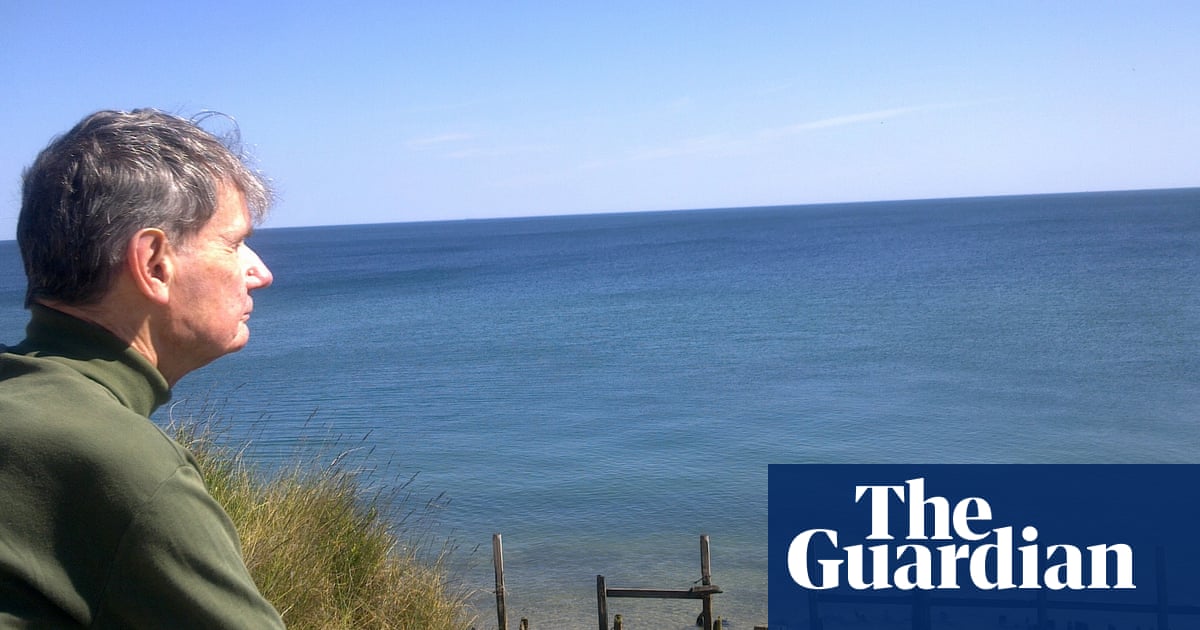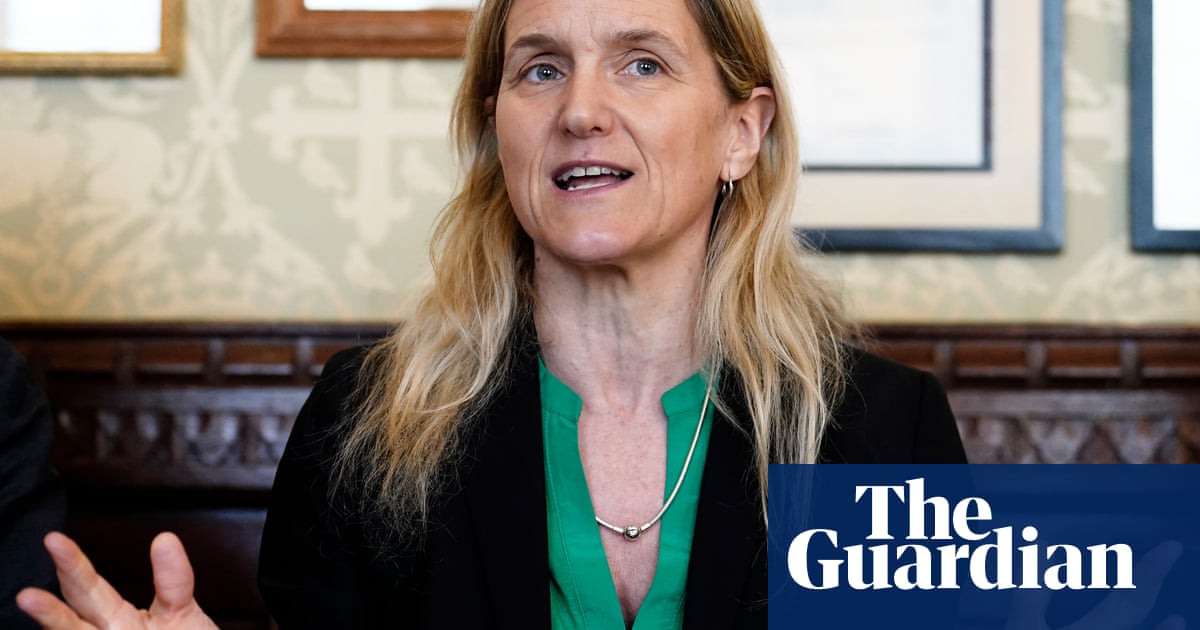Key events Show key events only Please turn on JavaScript to use this feature
Lawyer Sophie Stafford asks Dr Thomas May about a map of Gippsland from the iNaturalist website, showing scattered red dots.
May says these marks are reported mushroom sightings. He agrees some may be “research-grade” observations and others are unverified observations.
Under cross-examination, May agrees the oudemansiella gigaspora mushroom has similar visual features to the death cap including a smooth cap and white gills.
He agrees he is not aware of it being toxic to humans.
Lawyer Sophie Stafford is taking Dr Thomas May through screenshots of mushroom posts from the citizen science website iNaturalist.
She begins showing May photos of what are labelled stubble rosegill mushrooms on the website. May says he cannot confirm the first and second photo is a stubble rosegill based on the image.
May says the stubble rosegill is not on the list of toxic mushrooms he is aware of. He says he would expect the species to be “quite widespread” in Victoria.
The next mushroom is labelled oudemansiella gigaspora.. The photos shows the cap and stem of the mushroom. May says he cannot identify it from the photo.
He says he has identified over 30,000 photos from iNaturalist but will never identify a mushroom where the “underside” or the gills are unable to be seen.
Dr Thomas May began giving his evidence yesterday, telling the court that:
-
death cap mushrooms were most commonly reported in May
-
there had been three known sightings of death cap mushrooms in the Gippsland region
-
the “citizen science” website iNaturalist is often used to report sightings
Catch up on what else the mushroom expert has said so far in this report from our justice and courts reporter, Nino Bucci.
Dr Thomas May says ‘spore print’ and DNA testing can be used to identify death cap mushrooms
Lawyer Sophie Stafford takes Dr Thomas May through the visual features of a death cap mushroom which she says has
-
a smooth cap
-
a white stem which usually has a visible ring
-
white gills
May agrees that these are the features he is looking for when trying to identify if a species is a death cap mushroom.
He agrees a “spore print” and DNA testing can also be used to confirm if a mushroom is a death cap – if a sample is available.
May says when providing advice to the Victorian Poisons Information Centre he will qualify his opinion with phrases like “high degree of probability” and “consistency”.
He says when in the field, when seeing the mushroom in its environment, he will often feel more confident to identify a death cap.
Dr Thomas May cross-examined by defence
The defence is continuing their cross-examination of Dr Thomas May, a mycologist or scientist specialising in fungi.
Erin Patterson’s defence lawyer, Sophie Stafford, is cross-examining May.
Under cross-examination, May agrees he has made conclusions in articles that the general public has a poor ability to identify mushrooms.
He also agrees there have been several incidents of misidentification of mushrooms.
“Accordingly, you encourage something you’ve likened to an apprenticeship, which takes a long time to accurately identify mushrooms in the wild,” Stafford says.
“That is correct,” May says.

What we learned on day 10 of Erin Patterson's murder trial
While we wait for things to begin, here’s what the jury heard on day 10 of Erin Patterson’s triple murder trial:
1. Dr Laura Muldoon, who treated Erin at Monash medical centre, said the mushroom cook appeared “clinically well” on 31 July – two days after the lunch.
2. Medical testing showed Erin had no signs of liver toxicity before she was discharged from Monash medical centre on 1 August, the court heard.
3. Jurors were shown a photo of the remains of the fateful beef wellington meal. The photos show a pastry encasing a brown paste. There are also leftovers of the brown paste in the photo.
4. An internationally renowned mushroom expert, Dr Thomas May, told the court he posted a post of death cap mushrooms he had spotted on a walk to the “citizen science” website iNaturalist. He said the post included several photos, latitude and longitude and geo-coordinates, but not the specific street.
Welcome to day 11 of Erin Patterson’s triple murder trial
We’re expecting today’s evidence to begin shortly after 10.30am.
The defence are expected to continue the cross-examination of mushroom expert Dr Thomas May, who began giving evidence on Tuesday.
Patterson, 50, faces three charges of murder and one charge of attempted murder relating to a beef wellington lunch she served at her house in Leongatha, in regional Victoria, on 29 July 2023.
She is accused of murdering her in-laws, Don and Gail Patterson, and her estranged husband’s aunt, Heather Wilkinson. The attempted murder charge relates to Heather’s husband, Ian.
She has pleaded not guilty to the charges. The prosecution alleges Patterson deliberately poisoned her lunch guests with “murderous intent”, but her lawyers say the poisoning was a tragic accident.

 5 hours ago
8
5 hours ago
8













































